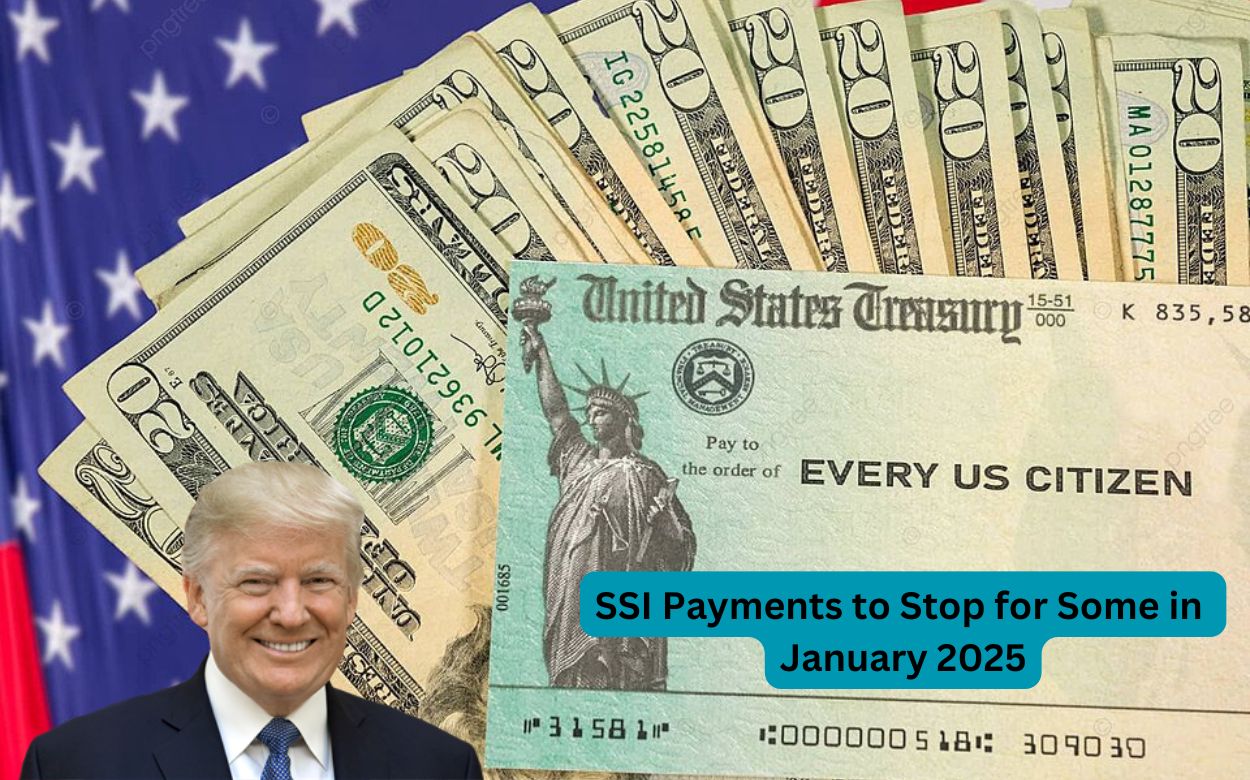January 2025 SSI Shakeup: Who Loses Payments and What Happens Next. Check the Updates
The beginning of 2025 marks significant changes to the Supplemental Security Income program, affecting millions of participants. Understanding these updates is critical for everyone who receives SSI, cares for someone, or advocates for them. This essay delves into the January 2025 SSI shakeup, detailing who is affected, why the changes occur, and how to navigate the new terrain efficiently. We want to help you make educated decisions during this time of change by providing actionable guidance and critical insights. The January 2025 SSI shakeup presents both opportunities and challenges for beneficiaries. Beneficiaries must stay educated to maximize their benefits with a 2.5% COLA rise and payment date changes. You may confidently handle these changes by examining your benefits, keeping track of payment dates, and comprehending eligibility requirements.

What Will Change With SSI in 2025?
- Cost-of-Living Adjustment: The Social Security Administration (SSA) modifies annual benefits to reflect inflation. In 2025, SSI users will receive a 2.5% payout boost, the most tremendous change in previous years. Individuals’ maximum monthly benefit will increase to $967, while qualifying couples might receive up to $1,450 monthly.
- Payment dates have been adjusted: January’s SSI payments will be issued on December 31, 2024, as New Year’s Day is a federal holiday. Make sure to budget accordingly. This postponement may result in a prolonged gap between January and February payments, affecting cash flow for beneficiaries who rely significantly on monthly benefits.
- Changes to SSI eligibility criteria include income and resource requirements. With the COLA hike, some people may surpass their income limits and lose eligibility. This emphasizes understanding how your income and resources interact with the SSI guidelines.
How to Prepare: A Comprehensive Guide?
- Review Your Benefits: Log in to my Social Security account to see your current benefit amount. Confirm that your information is correct and up to date. Knowing your actual payment amount will allow you to plan more efficiently for the months ahead.
- Monitor payment dates: Mark December 31, 2024, on your calendar as the first payment under the new COLA. Keep track of upcoming payment dates using the official Social Security payment schedule. Consistent tracking can help to avoid missed bills and overdrafts.
- Understand eligibility rules: If your income or resources change, you may need to report it to the SSA. Use their eligibility resources to learn about thresholds. Staying current on changes to eligibility requirements can help you avoid an unexpected loss of benefits.
- Seek Additional Assistance: If the COLA rise does not meet your requirements, consider the following: Many states provide additional benefits. Organizations such as the National Council on Aging offer financial assistance. Apps like Mint can help you keep track of your costs.
- Advocate for Policy Improvements: Individual actions are essential, but systemic reform can have a more significant impact. Join advocacy groups calling for more significant COLA hikes or higher qualifying standards. Justice in Aging, for example, protects and enhances benefits for the elderly and disabled.


Comments are closed, but trackbacks and pingbacks are open.